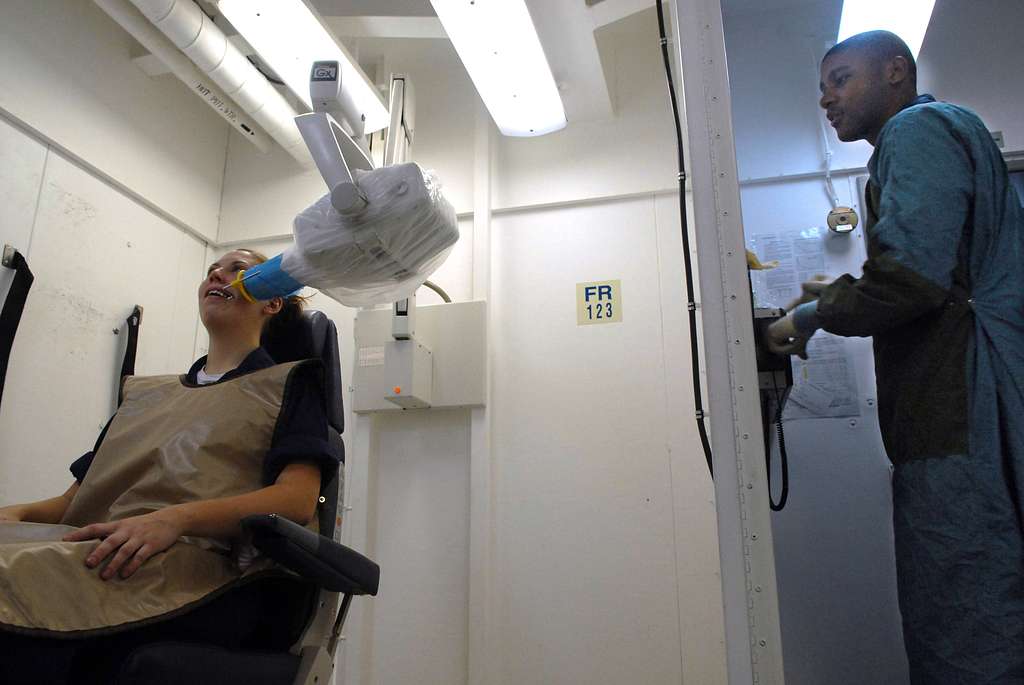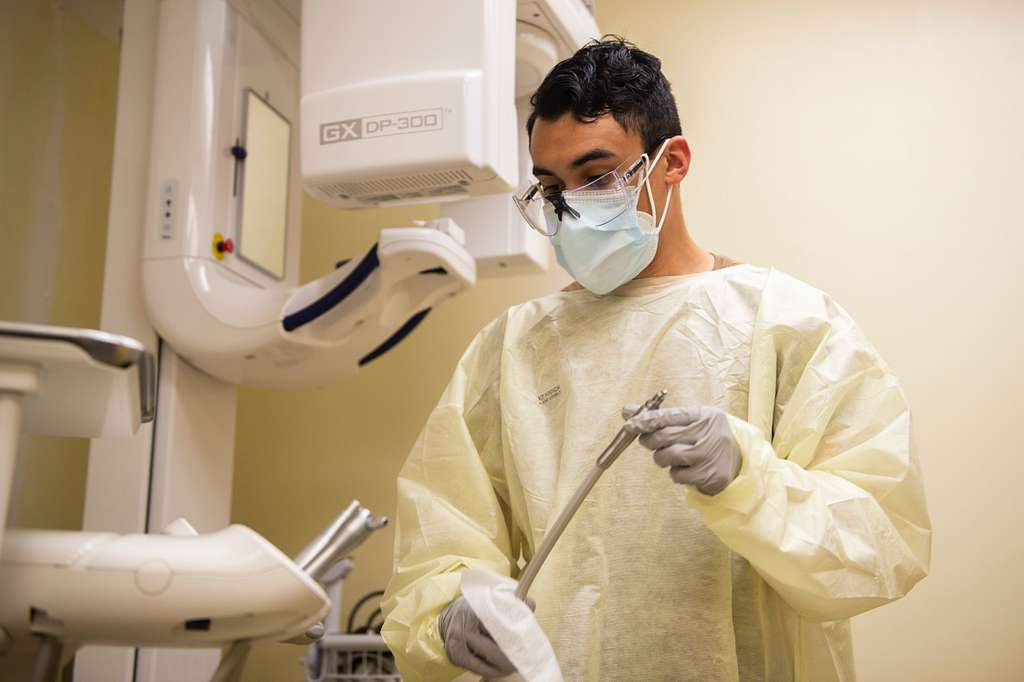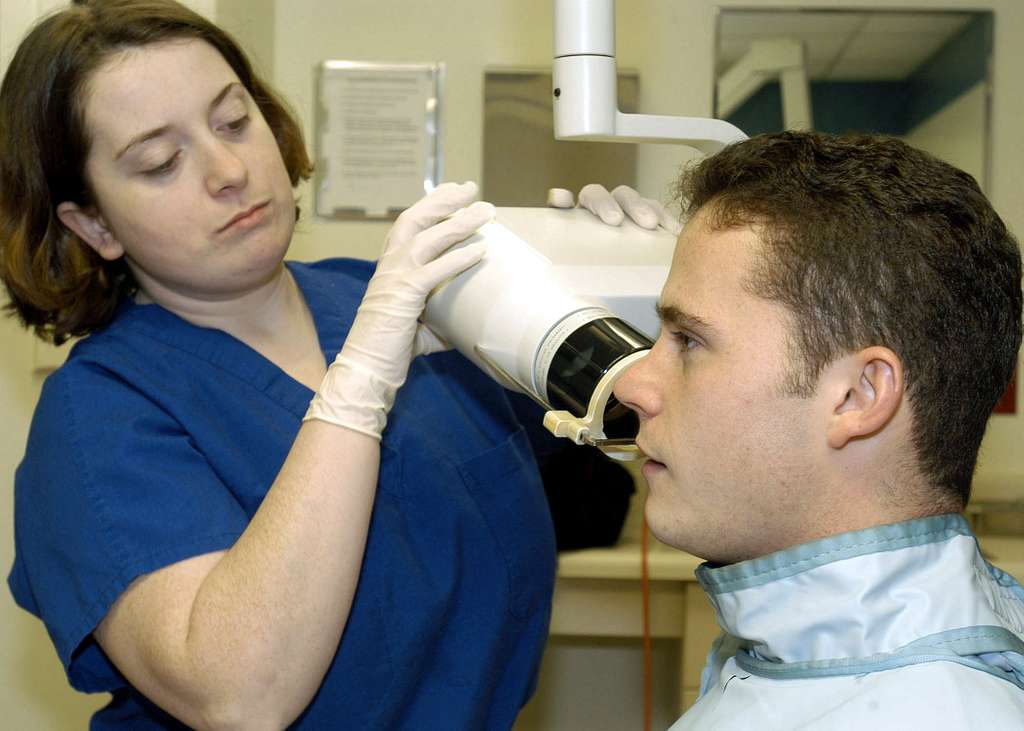Welcome to our deep dive into the world of dental and maxillofacial imaging. In the ever-evolving field of diagnostics, understanding the nuances of various imaging techniques, especially concerning radiation doses, is paramount for both professionals and the curious mind. Today, we're unpacking the differences and similarities between Cone Beam Computed Tomography (CBCT), traditional Computed Tomography (CT), and panoramic imaging.
Our focus will be on cbct vs ct radiation dose, cbct vs panoramic radiation dose, and a broader cbct radiation dose comparison. This piece offers insights into how each method operates, the radiation dose involved, and what that means for safer diagnostics. So, whether you're here to satisfy a curiosity or deepen your professional knowledge, let's explore these pivotal imaging techniques together.
Understanding the Basics: CBCT vs CT Radiation Dose

When delving into the world of diagnostic imaging, it's essential to understand the differences between Cone Beam Computed Tomography (CBCT) and traditional Computed Tomography (CT) in terms of radiation dose. CBCT is a newer technique, specifically designed for imaging hard tissues of the dental and maxillofacial region. It operates by using a cone-shaped X-ray beam, which covers a large volume in a single rotation around the patient.
This method is not only efficient but significantly reduces the radiation dose compared to the spiral path of X-ray beams used in traditional CT scans.
Research indicates that CBCT can offer a radiation dose reduction of up to 10 times less than conventional CT scans, depending on the specific protocol and scan area. This distinction is crucial for patients seeking safer diagnostic options, as it highlights CBCT's potential for minimizing radiation exposure while providing precise imaging needed for accurate diagnoses.
Comparing CBCT with Panoramic Imaging: What's the Radiation Impact?
Panoramic imaging, or orthopantomography, is a commonly used dental X-ray technique that captures the entire mouth in a single image. It's favored for its ability to provide a broad view, essential for general diagnosis and treatment planning in dentistry.
However, when comparing cbct vs panoramic radiation dose, it's important to note that Cone Beam Computed Tomography (CBCT) offers not only detailed three-dimensional images but does so at a radiation dose that can be comparable or slightly higher than panoramic imaging, depending on the specific settings and area being scanned.
Despite this, the level of detail and range of information CBCT provides can significantly outweigh the slight increase in radiation, making it a more informative tool for complex diagnoses. This increased efficiency and effectiveness in diagnostics mean that, in many cases, the benefits of CBCT appropriately balance the radiation dose concerns, especially for more comprehensive dental assessments.
A Deep Dive into CBCT Radiation Dose Comparison Across Imaging Techniques

When we dive into the numbers for a detailed cbct radiation dose comparison with other imaging techniques, the nuanced picture of modern diagnostics emerges. It's not just about comparing CBCT with CT or panoramic imaging in isolation; it's about understanding how each technique serves different diagnostic purposes with varying radiation doses. CBCT typically falls in between traditional CT and panoramic imaging in terms of radiation exposure, offering a middle ground that provides high-quality images with relatively low radiation doses.
For instance, the effective dose from a standard CBCT scan can range from less than one to a few microsieverts, significantly lower than the doses seen in conventional CT scans, which can easily exceed tens of microsieverts.
Yet, compared to panoramic imaging, which might expose a patient to even less radiation, CBCT offers a more comprehensive three-dimensional understanding of the dental and maxillofacial area. This balance makes CBCT an invaluable tool in cases where detailed anatomy is crucial for diagnosis or treatment planning, proving that its use, despite the higher dose compared to panoramic imaging, is justified by the depth of information it provides.
The Evolution of Imaging: How CBCT Offers More with Less Radiation
The evolution of diagnostic imaging technologies, especially Cone Beam Computed Tomography (CBCT), represents a significant leap forward in our ability to diagnose and treat with precision while being mindful of radiation exposure.
Unlike traditional CT scans, which have been the gold standard for intricate diagnostic needs but come with a higher dose of radiation, CBCT technology has been fine-tuned to reduce unnecessary exposure.
Through the innovation of a cone-shaped X-ray beam and advanced scanning algorithms, CBCT provides high-resolution, three-dimensional images for a fraction of the radiation dose associated with conventional CT scans. This advancement is particularly revolutionary in the dental and maxillofacial field, where detailed anatomical structures require precise imaging. As a result, CBCT has become a favored choice for professionals seeking detailed diagnostic information without compromising patient safety concerning radiation exposure.
Practical Advice: Making Informed Decisions About Dental Imaging Methods

Navigating the decision of which dental imaging method to use doesn't have to feel like navigating a maze without a map.
Understanding the balance between diagnostic detail and radiation exposure is key. Given the insights into cbct vs ct radiation dose, and cbct vs panoramic radiation dose comparisons, it's clear that CBCT offers a compelling middle ground for those needing detailed images with moderated radiation exposure.
When considering these options, it's important to discuss with your healthcare provider about the specific diagnostic needs and how each method aligns with those. Moreover, always inquire about the most recent advancements in imaging technology being used at your dental or medical center, as ongoing innovations continue to reduce radiation doses while improving image quality. This approach ensures that you are equipped with the necessary information to make an informed decision that balances diagnostic accuracy with the principles of radiation safety.
